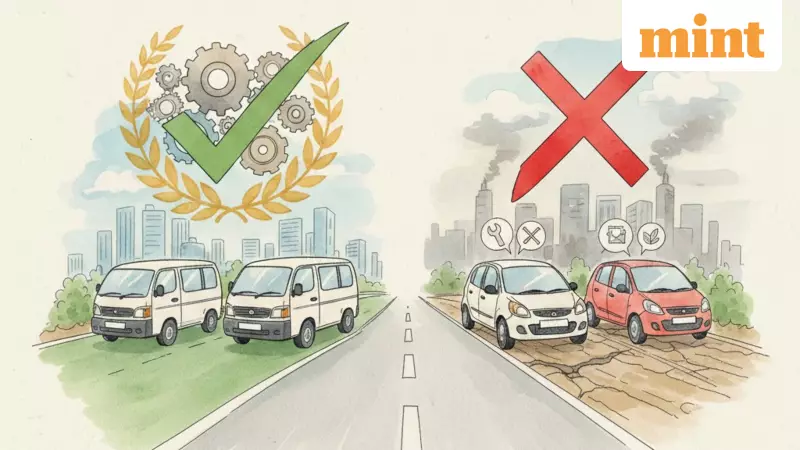
India's automotive industry is witnessing a major showdown as leading manufacturers clash over proposed stricter emission norms that could reshape the country's vehicle landscape. The debate centers around whether small commercial vehicles should face the same stringent fuel efficiency standards as passenger cars.
The Great Indian Auto Divide
At the heart of the controversy lies a fundamental disagreement between manufacturers of small cars and producers of small trucks. Maruti Suzuki, India's passenger car leader, argues that all vehicle categories should contribute equally to reducing emissions. Meanwhile, commercial vehicle makers like Tata Motors and Mahindra contend that small trucks serve essential economic functions and deserve different treatment.
What's at Stake for Consumers?
The outcome of this debate could significantly impact what Indians drive and how much they pay for vehicles. Stricter norms might lead to:
- Higher vehicle prices across segments
- Advanced but costlier engine technologies
- Potential redesign of popular models
- Changes in fuel economy claims
Corporate Fuel Efficiency Standards Explained
The government's proposed Corporate Average Fuel Efficiency (CAFE) regulations aim to reduce the carbon footprint of India's rapidly growing vehicle fleet. These standards require manufacturers to maintain an average fuel efficiency across their entire product lineup, creating complex calculations and strategic decisions for automakers.
The Small Truck Conundrum
Small commercial vehicles, often called small trucks or LCVs, present a unique challenge in this equation. These vehicles:
- Serve as backbone for small businesses and logistics
- Typically have higher emissions due to payload requirements
- Face different usage patterns than passenger cars
- Often represent affordable transportation for entrepreneurs
Industry Voices and Positions
Maruti Suzuki's stance emphasizes equal responsibility, arguing that all vehicle segments must contribute to national emission reduction targets. As India's largest carmaker, their position carries significant weight in policy discussions.
Tata Motors and Mahindra counter that small commercial vehicles enable economic growth and livelihood generation. They advocate for a balanced approach that considers the socio-economic role of these vehicles while working toward environmental goals.
The SIAM Balancing Act
The Society of Indian Automobile Manufacturers (SIAM) finds itself in the challenging position of representing diverse interests while supporting the industry's transition to cleaner technologies. The industry body must navigate between environmental imperatives and practical business realities.
What This Means for India's Green Future
This debate represents a critical juncture in India's automotive evolution. The decisions made today will influence:
- India's ability to meet climate commitments
- The pace of electric vehicle adoption
- Competitiveness of Indian automakers globally
- Affordability of mobility for millions of Indians
The resolution of this industry standoff will likely set precedents for how emerging economies balance environmental concerns with economic development imperatives.
As discussions continue behind closed doors and in government corridors, one thing is clear: the path India chooses for its emission norms will reverberate through showrooms, factories, and highways for years to come.





